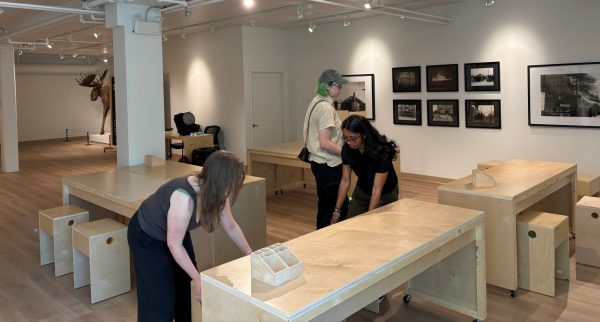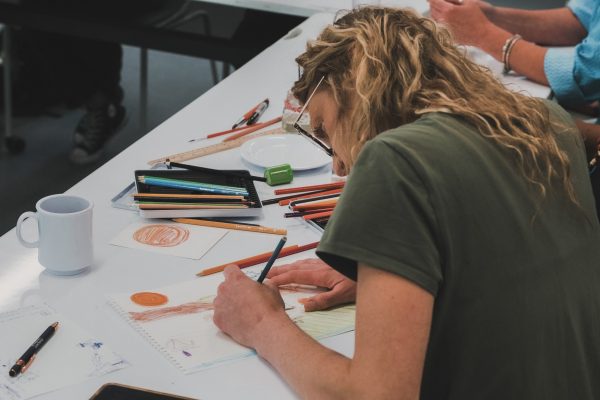Communities across B.C. are increasingly confronted with the challenges from wildfires, highlighting the pressing need for proactive engagement and education.
In response to this need, Thompson Rivers University (TRU) is inviting residents of Kamloops to participate in creating personal maps at HOT TOPIC, a new exhibition at the Kamloops Museum and Archives. This initiative aims to bridge the gap between knowledge of the FireSmart™ Program and practical, actionable steps to mitigate wildfire risks.
The mapping is part of a fire awareness research project involving TRU, the Kamloops Art Gallery, United Way, the FireSmart™ Program, the Kamloops Museum and Archives and the City of Kamloops.
“Community-based research and cultural mapping are essential tools in understanding and responding to climate change and wildfires in British Columbia and beyond,” says Sarah Candido, Indigenous and external relations manager for the City of Kamloops.
“By incorporating Indigenous knowledge, lived experience and local values through cultural mapping, we can develop more effective, place-based strategies for wildfire resilience that protect all living things and the lands we call home.”
Julia Cyr, museum supervisor at the Kamloops Museum and Archives, wants visitors to explore new things inside the museum and talk about FireSmart while learning about the history of fire in Kamloops.
“This initiative is about creating inspired spaces that expand our mandates and the boundaries of what you think you will experience in a museum by completely flipping it on its head,” she says. “I can’t think of a better way to learn and better understand this community, its people and the shared human experience we all walk in together.”
Research journey

Pictured left to right: Lauren, Bachelor of Arts alum Hannah O’Neil, and Suzette set up the mapping lab at the museum.
Lauren Schneider, a Faculty of Arts student majoring in geography and environmental studies, and Suzette Netto, an international student in the Bob Gaglardi School of Business and Economics pursuing a Post-Baccalaureate Diploma in Human Resource Management, are the project’s research assistants. They facilitate workshops and cultural mapping at the museum.
“We interact with visitors, explain the project and conduct interviews about their cultural maps,” says Schneider, who discovered her passion for research after visiting the Research Hub at TRU. It was there she was introduced to the Research Rookies Program, which highlighted the diversity and value of research.
“It changed the entire trajectory of what I’m doing in university,” she says.
Netto was introduced to cultural mapping through Cheryl Gladu, assistant professor at TRU Gaglardi and the project’s co-leader, who informed her about the research opportunity.
“When I was younger, research to me was all about citations, not something like cultural mapping, a qualitative method of research that allows you to hear about people’s experiences,” says Netto. “This project has sparked my interest in pursuing similar research in the future.”
Community expertise
Amongst historical artifacts, photographs, cultural maps and artist statements at the museum, Schneider and Netto encourage visitors to create visual maps illustrating their personal experiences with wildfires.
“We explain that cultural mapping uses a draw-to-talk protocol, where we give people a prompt, and then they can draw whatever they want related to that prompt,” says Netto.
“Cultural mapping is a good way to show what people know about wildfire and their preparation and preparedness for it,” says Lana Fine, a graduate of TRU’s Master of Arts in Human Rights and Social Justice program, who provides project management support to the research assistants.
“We’re inviting people to draw their experience and share what feelings come up for them.”
Hannah O’Neil, a TRU geography and environmental studies graduate assisting the research assistants, underscores the importance of viewing community members as experts.
“People coming to the museum have specific knowledge about their experience and cultural maps are a really simple way to get them to showcase that,” says O’Neil, who participated in the 2022 You Are Here Project at the Kamloops Museum and Archives, which invited community members to share their vision to help inform the City’s updated Cultural Strategic Plan.
“You can use that map as a way to facilitate an interview and draw out some really sophisticated and in-depth information about each person’s experience,” adds O’Neil.

TRU Master of Arts in Human Rights and Social Justice graduate Lana Fine at a pre-exhibition workshop.
Building connections
As residents grapple with the persistent threat of wildfires, personal narratives emerge as a form of catharsis and connection.
“Listening to the transcripts is one of my favourite things,” says Netto, “because that’s when you get to connect what someone’s saying with the map they created.
“One of the interviews was with a woman who spoke about the burning and destruction of the Red Bridge in Kamloops in 2024. The way she spoke about it was so emotional, so impactful.”
Schneider, who has lived through many wildfire evacuation alerts during her years in Kamloops, deeply empathizes with the stories shared by others.
“During the summer, I’m always anxious, always on alert,” she says, “and hearing all the stories from participants just gives me goosebumps. It’s heartbreaking, and sometimes it’s hard to hear.
“So, I feel like bridging that connection and knowing you’re not alone with that fear is valuable. Having other people’s experiences show up through artwork or otherwise, and being able to connect to that, I feel like that is a valuable human experience.”
Despite widespread knowledge about the critical importance of fire prevention and mitigation, a gap exists between awareness and action.
“We’re wanting to bridge the gap between knowledge of the FireSmart™ Program and action taken to mitigate fires,” says Schneider. “We’re trying to see what can be done to make people feel like they can take action. Many people have expressed there’s nothing they can do, that they feel powerless to act, but that’s not necessarily true.”
“The contributions of our student research assistants have been outstanding,” says project co-leader and mentor Will Garrett-Petts, professor and interim dean of Student Development.
“Community-engaged research enables students to apply their knowledge, develop valuable skills and contribute to real-world issues like improving public participation in wildfire mitigation practices. The work they are doing in concert with our community partners and our faculty team will have significant impact on FireSmart policy development and implementation.”
The exhibition at the Kamloops Museum and Archives is open to the public from Tuesday to Saturday, 9:30 a.m. to 4:30 p.m., from July 8 to August 30.
The TRU-based research team gratefully acknowledges support from the Wawanesa Insurance Wildfire Community Resilience Fund. Wawanesa Insurance is leading the charge as the first insurance company to invest in wildfire-related research at TRU, strategically located in one of the world’s most active hotspots for wildfire response.

